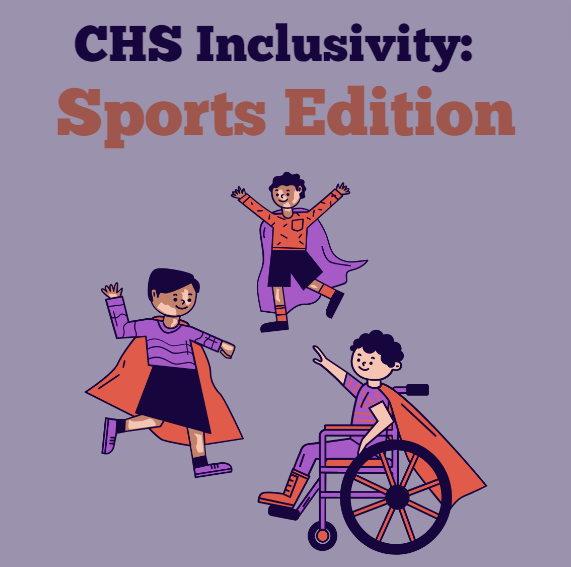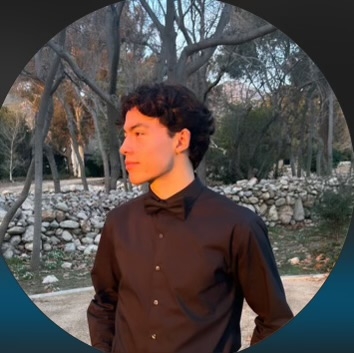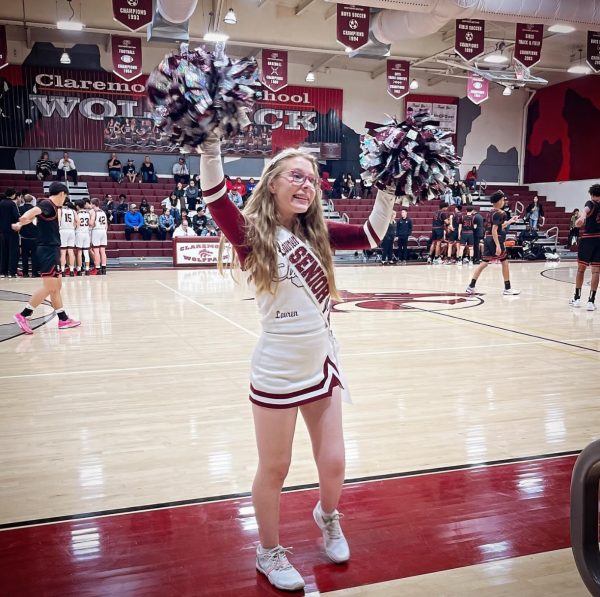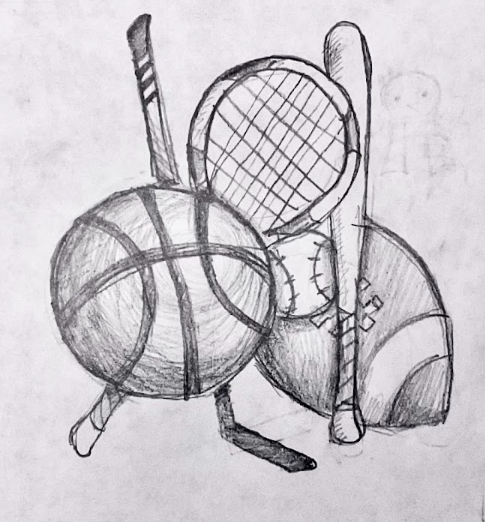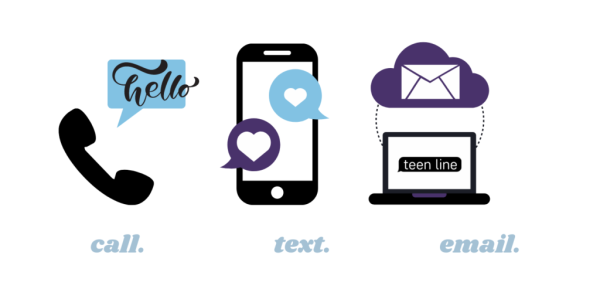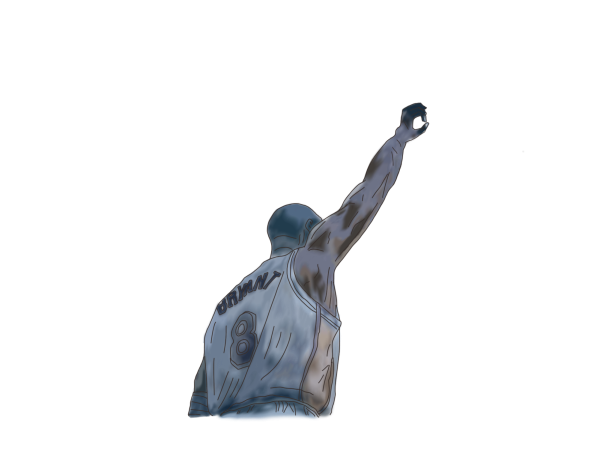The Art of Athletic Recruitment
Receiving the opportunity as a high school athlete to play for a university is not only impressive, but it is an achievement to be celebrated. The chances of being recruited are extremely slim; in fact, for Division I college sports, only 6% of the national high school student body are recruited by colleges, according to the NCAA. Furthermore, Division II and Division III athletes accept between the range of 15% and 20% of the student body, which is still very selective considering the fact that there are 1.1 million high school athletes in the U.S. alone. This makes it even more difficult for college coaches to choose these talented athletes through means of their long processes.
College coaches look at potential college athletes very early in their high school career. For Division II and III teams, they are allowed to contact players by sending questionnaires, sports camp brochures, and NCAA educational information to prospects as soon as the seventh grade. Through this, the prospect can get an early opportunity to accept an unofficial visit to a college campus. During these visits, prospects can accept up to three complimentary admissions to sporting events, but they may only talk to college coaches on school premises. High school student-athletes can verbally commit to attend a university when they feel comfortable with the program. This commitment is a non-binding agreement, and is not official until the player signs a National Letter of Intent, which commits the athlete to play for the college. National Signing Day, usually the first Wednesday in February, is the first day that a high school senior can sign a binding National Letter of Intent for the NCAA. In comparison to the processes of Division II and III, Division I becomes even more complicated. Coaches may not initiate phone calls with high school freshmen, sophomores, or juniors. However, these student-athletes are allowed to initiate phone calls with the Division I coaches if they please to do so. The period in which coaches are allowed to initiate phone calls to prospects officially starts after July 1. However, there are a few exceptions to this rule, such as men’s basketball and football. Football coaches may initiate phone calls beginning Sept. 1 of the prospect’s senior year with a one call per week limit. In men’s basketball, coaches are allowed to make one phone call per month to a prospect after June 15 of their sophomore year. Following Aug. 1 of the prospect’s year, men’s basketball coaches may make two phone calls per week. The rules are established strictly as the NCAA Division I Committee on Infractions has the ability to hand out severe punishment for any violations to these rules.
However, the complexity of the recruitment process does not end there. Students also struggle to be chosen or even considered for NCAA recruiting in the first place. It is undoubtedly impressive to be recruited as a high school athlete since the chances are nearly impossible. In regards to the athletes that have been recruited in the past, hard work, unprecedented motivation, and unmatched talent seem to be the outstanding factors that NCAA coaches seek in recruiting high school athletes. Additionally, grades and test score are also pivotal in the process of recruitment.With strong grades and test scores, the chance of being considered by a specific university increases.
NCAA recruitment is painfully tedious, risky, and nearly impossible in its own respects. Additionally, to be given the opportunity to play a sport at the collegiate level is anything but easy and requires students to be a well-rounded student. Student athletes recruited by the NCAA are extremely fortunate, talented, and unique individuals.
Hello there! Our goal is to provide relavent, engaging journalism for readers of all ages. Your donation will support the student journalists of the Wolfpacket at Claremont High School, and will allow us to purchase equipment, print our monthly issues, and enter in journalism competitions. We appreciate your consideration!





